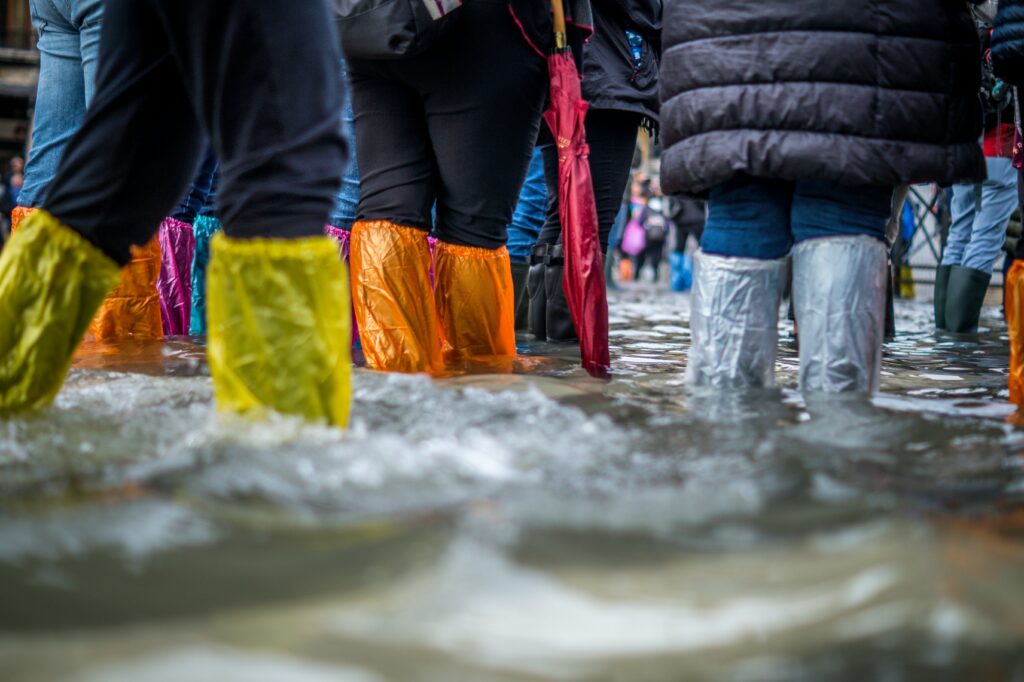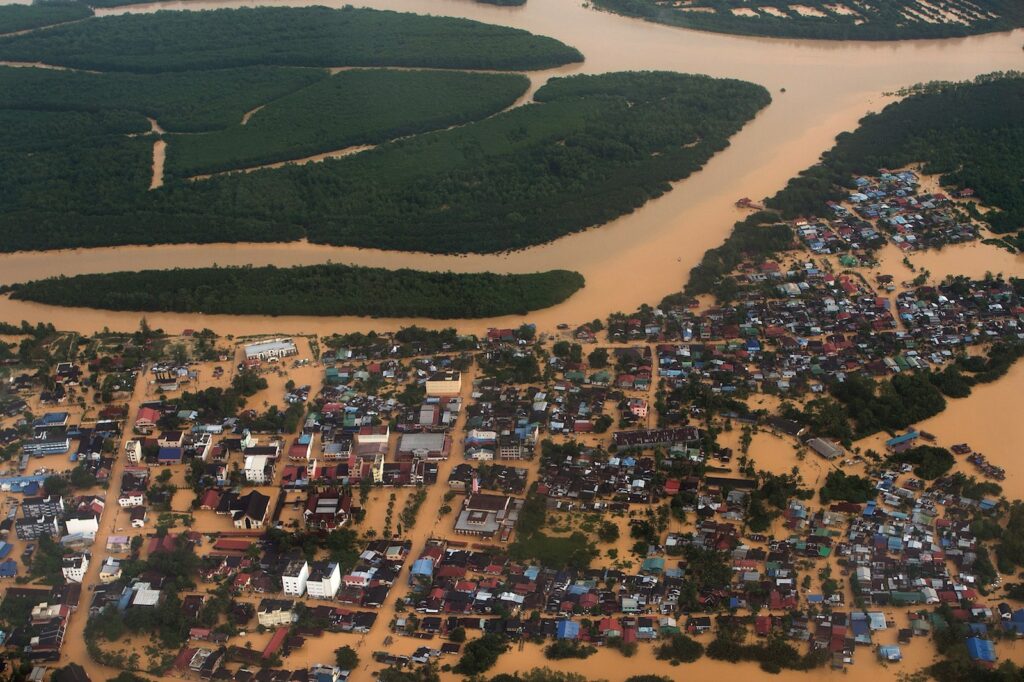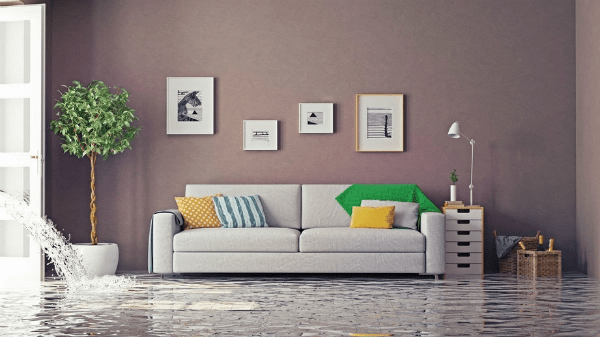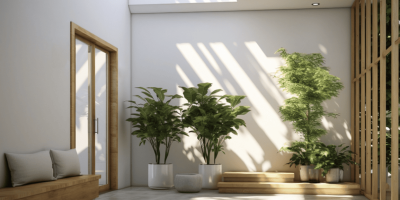
- Have your home on elevated terrain
- Landed homes don’t do well in floods
- Do a history check to determine flood-prone areas
- Upgrade your home
Hair-raising visuals of houses submerged to the roof in coffee-brown water have dominated the headlines of our nation these several weeks. The image of people drenched in the rain and wading through waist-high water is particularly heart-wrenching, and we who are fortunate enough to stay dry can only breathe a sigh of relief as we watch the disaster unfold in real-time.
Even so, there is this nagging thought in our mind that perhaps someday, we could be next. So how do we flood-proof our home? Is it even possible for us to stopper up water of such magnitude as seen in the news? The simple answer is we don’t.
The wise man complements the nature of things. He does not go against it. Prevention is better than cure, or in this context, prevention is better than evacuation.
Take the high ground

Yes, we know it is obvious, but it bears repeating here. If you want to safeguard your home from floods, your best bet is to have it on elevated terrain. Are you about to check out those housing developments in the hilly region? Hold your horses, because this is not a foolproof method. The home might still be located in a pocket, basin, or depressed area on the high ground, which acts as a good water catchment.
If the developer in question fails to incorporate a good drainage system, a particularly heavy downpour will see your residence turning into a veritable aquarium. So, do watch out! Then again, you do not want a home directly at the precipice of a hill as this exposes you to other dangers, take landslides for example. When purchasing a house from the primary market, via developers, you should ask pertinent questions to the attending salesperson.
It doesn’t need to be confined to the generic ones like the number of bedrooms, price per square feet, and location. Drop them a few flood-related questions, such as the degree of elevation of the housing project. Time to find out if these sales personnel have done their homework.
With the secondary market, real estate agents might not possess such intimate information, so we will have to keep our interrogation to a minimum. Fear not, fellow homebuyers, because the elevation of the development may be apparent if it overlooks a valley below. Purchasing your home beside a river is a big no, no. If you are unsure of the morphology of the terrain, then do a little leg work by scouring the neighbourhood. Get exploring, Girl Scout.
Thumbs down to landed property
There is a certain prestige attached to landed homes, which have always been seen as the epitome of residential properties. Who doesn’t know that? Sadly, this sense of pride is quickly forgotten the moment boats and sampans are used to navigate the road, not cars. I think you know what I mean. Those living in apartments and condominiums need only shrug their shoulders and return to whatever they are doing while the landed homeowners scramble about to save their belongings. Verdict: ten points to high-rise properties.
Stay away from disasterville

Here is a piece of wisdom our parents have been pounding into our heads since childhood—all successful endeavours require prior planning. Where prevention goes, buying a property unsurprisingly entails a great deal of planning. Do yourself a favour by performing a background check on the area you are planning to buy into. A quick search on the internet should inform you if the place experiences constant flooding or not.
Prominent media houses like The Star, The Edge, and Bernama often carry disaster-related stories that tell a thing or two about a place. The east coast of Malaysia, from Kelantan stretching all the way down to Johor, is prone to flooding, especially during the monsoon season. Makes us wonder why the predominant fashion at the east coast isn’t raincoats and yellow Pua Chu Kang boots. Do yourself a favour and keep a respectable distance from such places.
If it is really necessary to own a landed home there, then ideally have them on stilts. Sadly this customisation is not available for semi-detached homes, which make up the bulk of landed home products in Malaysia. Either that or we could live in a boat-house. Tempting suggestion right?
Home upgrades

With floods, it is all about raising your home above the water level, so apply the same principle with everything that is easily damaged by water. Now we are going to need a really long ruler for measuring. For starters, have the electrical sockets moved higher up the wall, about a height of 1.5 metres.
And what about the stuff on ground level? Wooden floors and carpets absorb water very well, so have them replaced with damp-proof membranes and ceramic tiles. You may also want to substitute the carpets with rugs as these are easily detached. All in all, have your home and belongings made from materials that absorb less water, which incidentally, require less drying. Plastic, solid wood, and metal are your best friends against the cold wet embrace of the flood.









